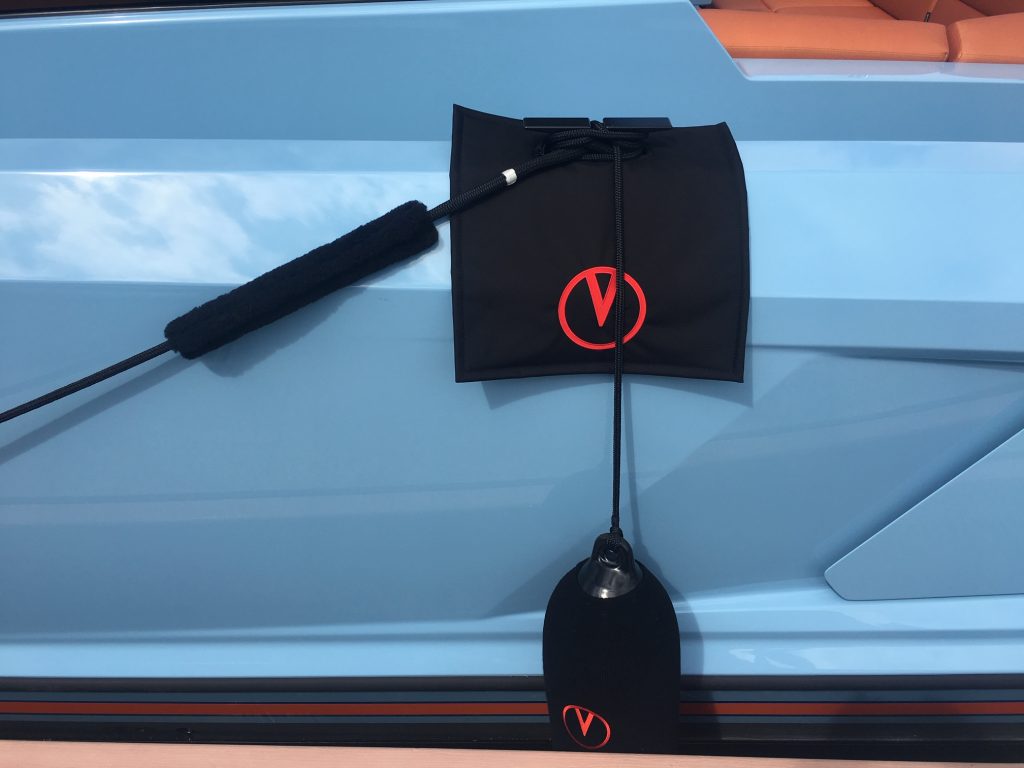Where to Place Chafe Gear for Maximum Use

As most boat owners and operators will agree, chafe gear is all too vital for the protection of synthetic ropes when mooring, pushing or boat towing. Above all, chafe gear needs to be easy to apply and to adjust lines. As such you must always ensure that your chafing gear is:
-
Easy to apply:
Quick & easy installation of removable chafe gear is a must. -
Abrasion-resistant:
The key to abrasion-resistant marine chafing gear is that it must be able to withstand rubbing against piers, chocks, and poor or strained fairleads.
What to Look for when Protecting Cordage with Chafe Gear
Make an inspection of your boat and note any place in need of dock line chafe gear. If any lines rub anything (even against one other), then chafe is possible, and quite honestly, probable. Focus on where dock lines touch something. Examples of where this would be are chocks, over the edge of the dock, or around a piling, and your anchor rode.
Now that you have an idea of the places where lines could potentially rub or chafe, you’ll want to make a note of what size each line is in the locations noted. Also, be sure to note what size the fitting is that it will be going through, if any. Once you know the line size and size of chock, begin thinking about how much chafe gear you’ll need.
5 Things to Look for When Adding Chafe Gear
-
Abrasion resistance:
Chafe gear that is abrasion resistant enough to stand up to whatever rubbing and chafe it might encounter. Think about that big storm from last season with lots of boat motion and lines rubbing, not just your ordinary tide swings. For the spots where lines might saw back and forth over a ragged edge, use heavier, sturdier chafe gear.
-
Flexibility:
Where lines have to bend through chocks, use lighter, more pliable chafe gear, and make sure the chocks are totally smooth with no chafe potential.
-
Length:
Make sure your chafe gear is long enough to still be protecting the line when the boat is surging.
-
Fit:
Will the chafe gear fit where you need it? The sturdiest rubber hose in the world won’t help if it won’t fit to protect the line. This mostly involves fitting it all the way through the chocks on your boat.
Position:
Make sure there is a secure way to keep the chafe gear in place. This is key because chafe gear won’t be useful if it slides out of place.

